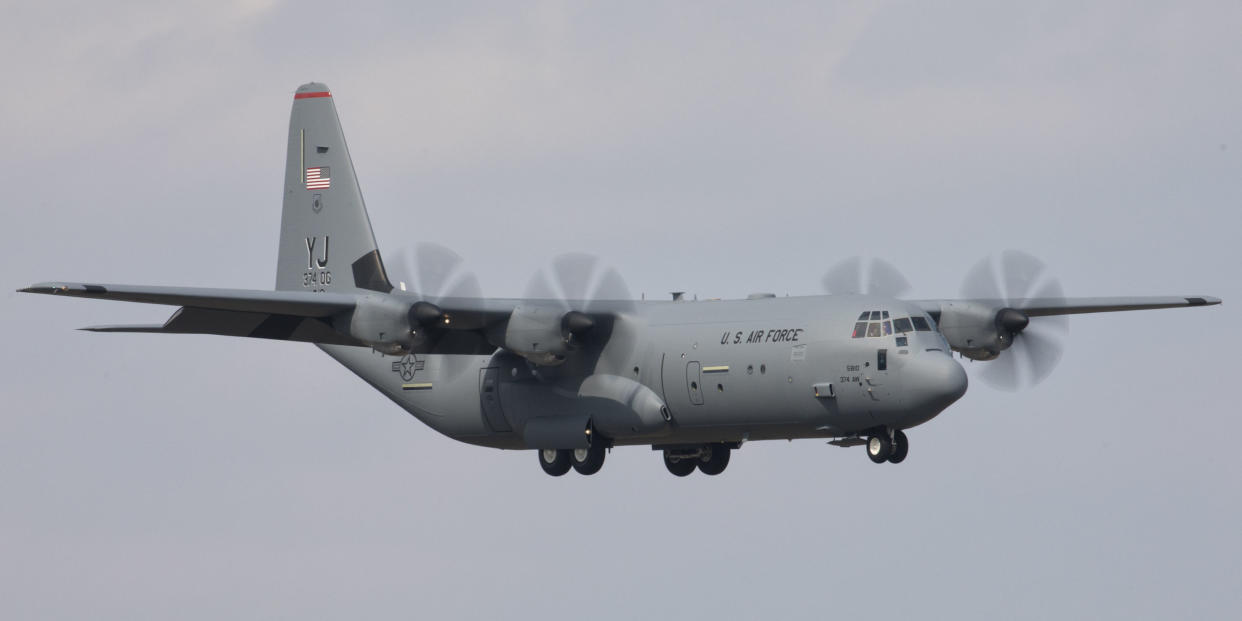C-130 Crew Gets a Rude Shock When They Fly Their Plane Below Sea Level

Modern planes have electronics designed to make navigation easier and more accurate. Aircrews know their location within just a few meters and they can plot complicated flight patterns with ease. But what happens when the fancy electronics aren't prepared for your real-life location?
One C-130 flight crew found out about this firsthand while landing at the Dead Sea, a saltwater lake sitting astride Israel and Jordan. The Dead Sea is the lowest place on Earth and its airfield, Bar Yehuda, lies -1,210 feet below sea level. Here's a video of an airplane at Ben Yehuda:
According to one C-130 crewman writing at Avgeekery, trouble started once his plane landed at Bar Yahuda. The aircraft's navigation system became unresponsive and the constellation of GPS satellites above them mysteriously winked out of existence. As it turned out, the plane's navigation electronics were not designed to operate at altitudes less than 400 feet below mean sea level. In a sense, the plane thought it was underwater.
The crew had to prep for takeoff the old fashioned way, without computers to aid them. While the situation wasn't dangerous, it was a rude surprise and led to future warnings that the aircraft could not operate at less than 400 feet below mean sea level.
Flying below sea level is obviously a pretty rare occurrence for a plane in good working order, so it's perhaps unsurprising that the navigation systems stopped working. The lowest airfield in North America, for the record, is Furnace Creek Airport, Death Valley at minus 210 feet below sea level.
Source: Avgeekery.com
You Might Also Like

